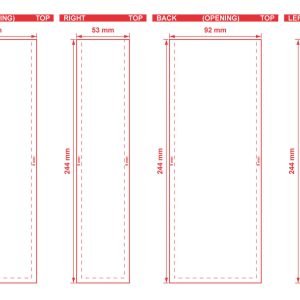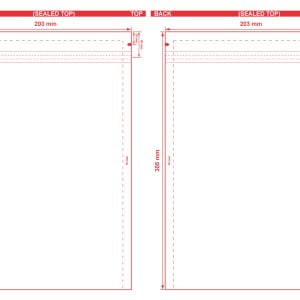Maine Cannabis
Regulations for Packaging/Labeling
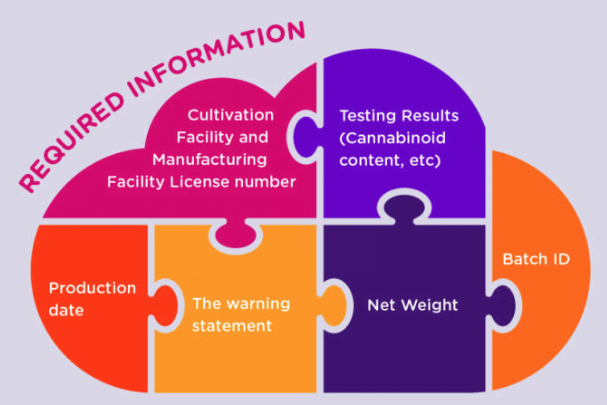

In November 2016, Maine voters approved a measure calling for the legalization, taxation, and regulation of marijuana in a manner similar to how alcohol is regulated. Later, marijuana legalization bills went through numerous rewrites only to be vetoed in the first round. Then in 2018, Maine lawmakers overturned the governor's veto and passed statutory code LD 1719, an Act to Implement a Regulatory Structure for Adult Use Marijuana. The move made Maine the 8th state to legalize recreational marijuana. The Office of Cannabis Policy under the Department of Administrative and Financial Services is responsible for overseeing cannabis use in Maine.
Maine Cannabis Packaging Laws & THC Labeling Requirements
Basic Packaging Requirements
For Adult Use Marijuana, Section 11.1 provides that all marijuana or marijuana products must be packaged in containers that:
- Are fully enclosable: No open top containers.
- Are resealable: Include a child resistant zipper.
- Protect From Contamination: use quality barrier materials.
- No Toxic Substances: Do not impart any toxic or deleterious substance to the packaged item.[1]
Child Resistant and Opaque
In addition to the basic requirements Packaging must adhere to these additional restrictions - PL 2017, c. 452, §18
- Be Child-resistant
- Opaque ( not see through)
- Tamper-evident
If it's a liquid: Multi-serving liquid products must include a measuring component and a CR cap. [2]
Quick Tip!
Typically a hybrid combination of pre-printed packaging, and labels is best. As some information is variable and other information is always know. For example. Pre-printing cultivation Facility numbers, Net weights, and required warnings, but then labeling, final Testing Results, and production date, and cannabinoid content which are variable.
Package Labeling Requirements
Required ID and Stats
- Licensee Identification: It has to be clear who the customer is buying the marijuana product from. This would include your license number.
- Batch ID: The unique identification number of the final batch from which the testing sample for the mandatory testing of the contents of the marijuana or marijuana product was taken;
- Testing Results:
- For the batch from which the individual product is derived.
- Including cannabinoid content.
- Performed by a licensed testing facility.
- Cultivation Facility License Number and Manufacturing Facility: The license numbers of the cultivation facility and if applicable the manufacturing facility if it is different than the cultivation facility.
- The Production Date
- Net Content / Net Weight: The packaging must include a statement of "net contents" which means it must identify the net weight of the marijuana, concentrate or marijuana product using a "standard of measure compatible with the tracking system". Basically this typically means grams.
The Warning Statement
There is a rather routine warning statement required in Maine.
“There may be health risks associated with the use of this product. There may be additional health risks associated with the use of this product for women who are pregnant, breastfeeding, or planning on becoming pregnant. Do not drive a motor vehicle or operate heavy machinery while using this product.”[3]
Font, Language, Size, and Location
All marijuana or marijuana product required label content must comply with the following:
- 6pt font or bigger Labeling text on any marketing layer must be no smaller than size 6 font or 1/12 inch.
- Written In English: All information included in the labeling requirements must be clearly written or printed and in the English language. There is no current requirement that we could find for bi-lingual warnings.
- Unobstructed and Conspicuous: All information included in the labeling requirements, must be displayed on the marketing layer and must be unobstructed and conspicuous.
- Printed on the "Marketing layer" All warnings and required language All required information must be printed directly on the packaging, or on a label or sticker affixed directly to "the marketing layer", I.E. generally the outside.
Things you can't do...
Well as any good governmental organization the Maine state government has made a good list of prohibitions when labeling, marketing, or packaging cannabis. Most of which are in
PL 2017, c. 452, §18.
Trademarks
- Trademark Law Violations: Strangely trademark violations are first on the list. This would mean, for example, you cannot call your cannabis product "Nike's Cannabis" and use a big Nike swoosh. But more commonly, what it means is you can't make riffs on name brands.
- No Federal Trademarks: Ok, so in addition to no Anything that makes it look like the product has a federal trademark. Alas no claiming trademarks on your brand (at least yet!).
Humans Animals, or Fruit!
In a somewhat humorously worded regulation, the obvious things like don't make your packaging appealing to children, and don't mislead your customer, or obscure required warnings, or pretend the product doesn't contain THC (Who would do that?). there is also a section about not including depictions of humans, animals, or fruit, on your packaging...
- Packaging that appeals to children: This one is going to be very subjective, but here's an example, again remember they are talking the "PACKAGING" so for example making a cannabis infused drink in the capri-sun pouch might be a violation.
- Misleading or "obscures" the required labeling: So misleading would be a very broad list of things. Here are a couple of hypothetical examples:
- Hiding the warning in the design, so it doesn't stand out.
- Claiming the product came from a certain cultivation facility when it actually came from another.
- Do not Include Humans, Animals, or Fruit on the design: Last but not least, they don't want your package to use graphics that incorporate humans, animals, or fruit... ok it is what it is. [4]
Other Advertising Prohibitions
The following is prohibited for packaging related advertising adult-use marijuana:
- Misleading, deceptive, or false advertising.
- Advertising that appeals to those under 21 years of age: Cartoons, colors pallets that appeal to children, or for example. gummy candy that looks like candy kids eat.
- Health or physical benefit claims: Ok so we are all probably aware of this one, but just incase you weren't don't make unsubstantiated health and physical benefits, you're just opening yourself up to both the government regulators and people out to catch you.
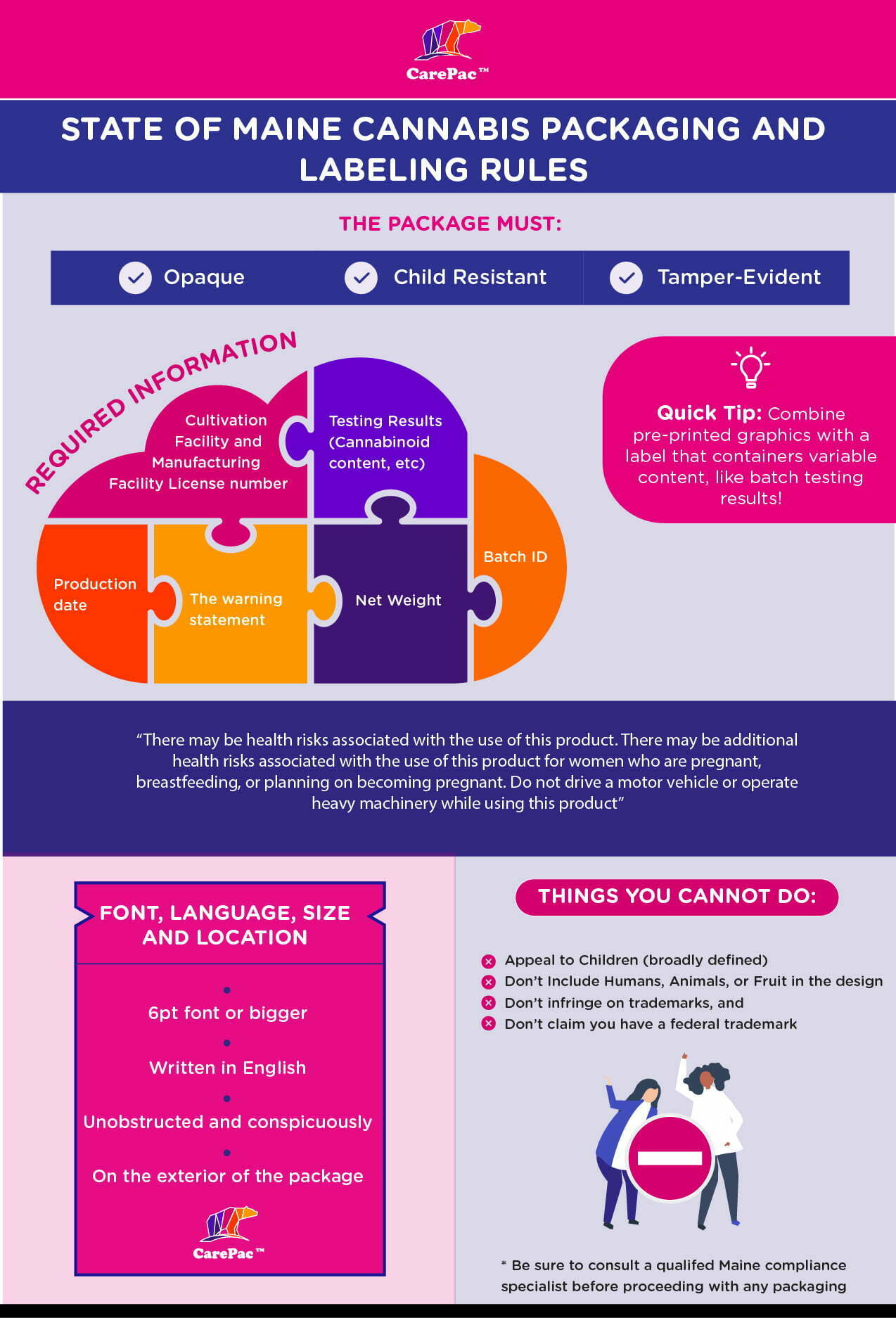

Medicinal Use vs Adult Use
Maine is home to both a medical cannabis program and an adult use industry. The medical program serves patients, while Maine’s adult use industry services consumers 21 years of age and older. Adult use cannabis and medical cannabis may not be dispensed from the same facility.[5]
For use as recreational purpose the adult must be of 21 years of age but for medicinal use only those individuals who have received a patient certification from a medical professional may legally access medical cannabis from a registered caregiver or dispensary. Patients visiting Maine from another state may be able to purchase medical cannabis from a registered caregiver or dispensary if they have valid patient identification credentials (like a registry or patient identification card) and their state of residence allows them to use their state-issued credential to purchase medical cannabis in Maine.[6]
Maine residents are allowed to grow cannabis for personal use. As many as three mature, 12 immature plants, and an unlimited number of seedlings are allowed per resident 21 years of age or older. These restrictions do not apply to the cultivation of cannabis for medical use by a qualifying patient, a caregiver, a registered caregiver or a registered dispensary as authorized by the Maine Medical Use of Marijuana Act.[7]
A Note related to medical use of marijuana act is that if a registered caregiver, dispensary, or facility has information stated on the packaging related to cannabinoid potency, contaminants, or cannabinoid profile, the information needs to be verified by a Marijuana testing facility.
Interesting Legal Case
NORTHEAST PATIENTS GROUP v. MAINE DEPARTMENT OF ADMINISTRATIVE AND FINANCIAL SERVICES (Docket No. 1:20-cv-00468-NT)
In 2009, the Maine Legislature amended the State’s existing medical marijuana law to establish a comprehensive system authorizing the sale of medical marijuana. The current iteration of the law—the Maine Medical Use of Marijuana Act (the “Act”)—authorized qualified patients who had a certification from a medical provider for the medical use of marijuana to possess, use, and purchase medical marijuana. The Act also authorizes two types of entities—registered dispensaries and caregivers—to possess, cultivate, and sell marijuana to qualified patients. The Act provides that “all officers or directors of a dispensary must be residents of this State,” (the “Dispensary Residency Requirement”). 22 M.R.S.A. § 2428(6) (H).
High Street a Delaware LLC entirely owned by residents of states other than Maine owns and operates three of the seven registered dispensaries in Maine’s medical marijuana program.
Wellness Connection operated as a mutual benefit nonprofit corporation without any equity ownership, but when Maine changed its law in 2020 to allow dispensaries to become for-profit companies, Wellness Connection converted to a for-profit corporation and is currently wholly owned by three Maine residents.
High Street states that it would purchase all of the equity in Wellness Connection if the Dispensary Residency Requirement did not prohibit it from doing so. The Plaintiffs sued the Department—which is responsible for implementing, administrating, and enforcing the Act.
The court concludes that the Dispensary Residency Requirement violates the dormant Commerce Clause and hints it might strike down Maine medical marijuana residency law.
Foot Notes
We hope this blog article has been a entertaining introduction to the state of Maine's Cannabis packaging and labeling rules. You'll always want to make sure to have your packaging and graphics designs reviewed by a qualified compliance consultant, like a state of Maine cannabis attorney.
[2] https://www.mainelegislature.org/legis/statutes/22/title22sec2429-A.html
[3] https://www.maine.gov/dafs/ocp/sites/maine.gov.dafs.ocp/files/inline-files/Administrative_Rule_18-691_CMR_ch1-Adult_Use_Marijuana_Program_Rule.pdf
[4] https://www.mainelegislature.org/legis/statutes/22/title22sec2429-A.html

